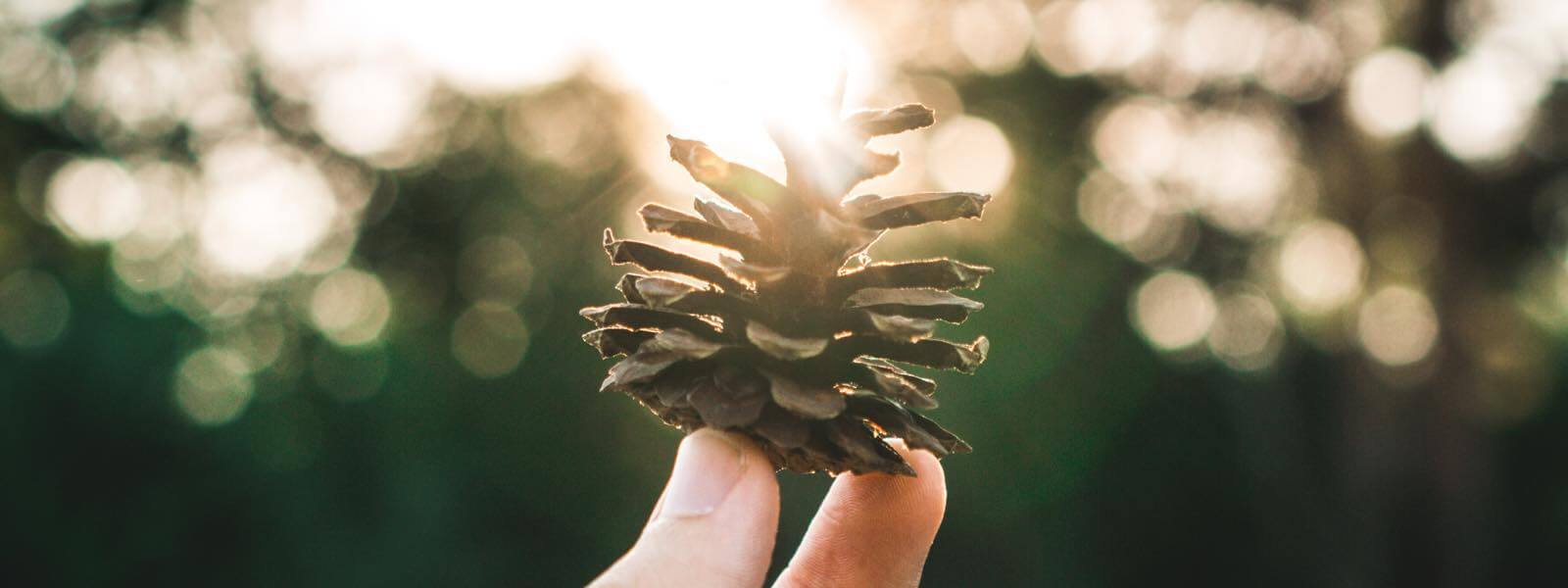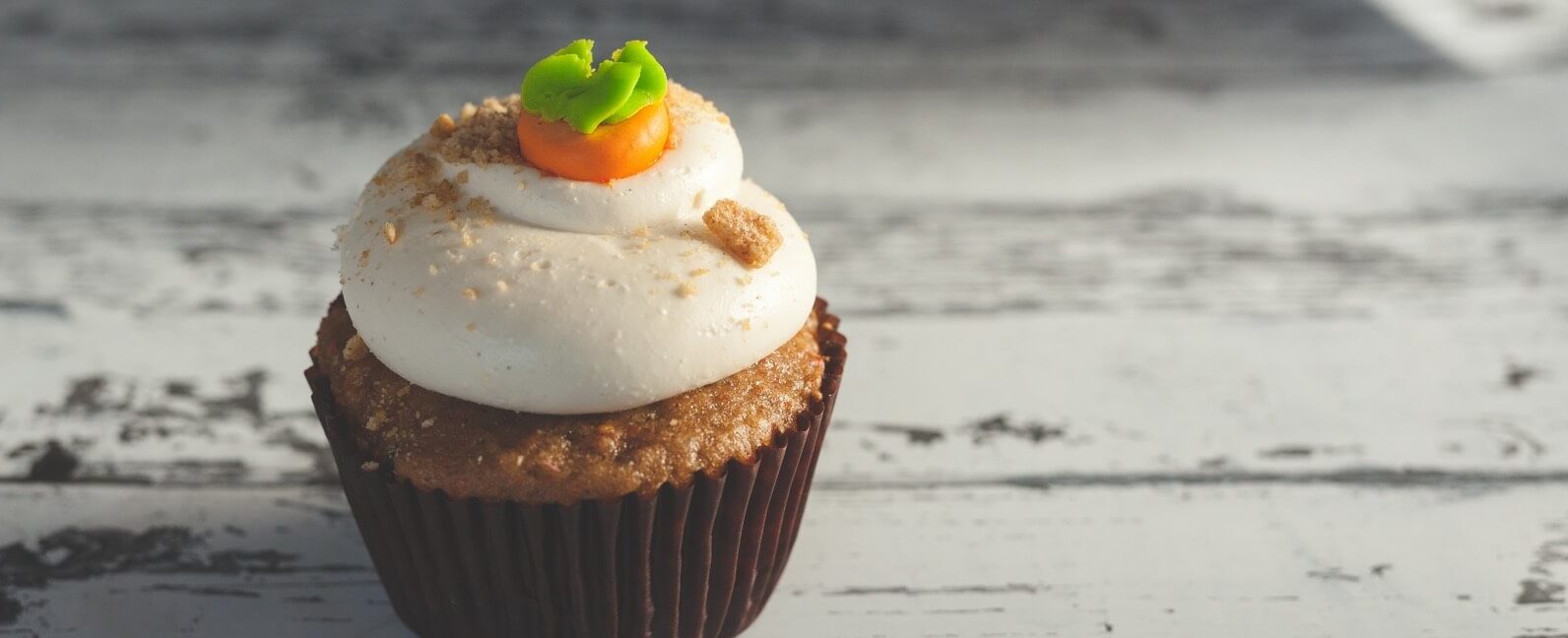Let me guess: You’ve tried mindfulness meditation or exercises a handful of times but it never really seems to work, right?
Maybe you feel a little calmer after some deep breathing exercises, but your life isn’t noticeably more peaceful and serene.
You may have even downloaded an app like Headspace and managed to string together a couple weeks worth of steady mindfulness sessions. But still, you don’t really feel any different in a major way.
Frustrating, right? Seems like everyone these days is talking about how mindfulness has changed their lives. But it doesn’t feel that way to you…
Why Mindfulness Doesn’t Work for Most People

I’ve had a formal mindfulness practice for a while now. And in my job as a psychologist, I often help my clients get started with mindfulness as a way to reduce their anxiety.
And there’s one mistake I see people make over and over again that leads to their mindfulness not working:
Many people don’t succeed with mindfulness because they only think about it in terms of a mindfulness practice, a single session during the day when they do a formal mindfulness meditation exercise.
For mindfulness to really work, it must become an attitude we carry with us throughout our busy days, not just in the stillness of the early morning.
The best way to make the positive effects of mindfulness really stick in your life is what I call, Ordinary Mindfulness.
Ordinary mindfulness means taking the skills you build in your mindfulness practice and applying them to small situations throughout your day.
Just like an athlete practices drills and then applies those skills in scrimmages and games, to feel the effects of mindfulness, you must practice, but also apply, your new skills.
Not only will this lead to a greater feeling of peace and calm throughout your life, but it will also help you maintain your formal mindfulness practice because you’ll actually be seeing the fruits of your labor.
It’s a lot easier to practice mindfulness every day when your actually feel the benefit!
10 Examples of Ordinary Mindfulness in Action

Here are 10 practical ways to be more mindful throughout the day.
The key idea in all these examples is to focus your attention on the sensation of things rather than thinking about them or letting your inner chatterbox go crazy on them.
1. Mindful Showering
Spend your first minute in the shower appreciating a wonderful the feeling of warm water on your body feels. Notice how the sensation is distinct on different parts of your body—hair, shoulders, legs, etc.
2. Mindful Driving
Remember how it felt to get behind the wheel for the first time when you were learning to drive? How exciting it was to punch the gas and viscerally feel yourself accelerate? For a few minutes at the beginning of a drive, try to focus entirely on the feeling of driving a car. Notice the resistance of the steering wheel as you turn on top the road from your driveway; notice how your seat vibrates differently when you go from a city street to the freeway; notice the sensation of braking and quickly slowing down.
3. Mindful Eating
Here’s a little routine I try and keep to whenever I sit down for a meal: Whenever I take my first bite, I try to be aware and mindful of the texture of my food. What does yogurt actually feel like? How many different textures do you pick up on in the first bite of an apple?
4. Mindful Meetings
This is a tough one, but for just 2 minutes try to pay attention to what someone is saying in a meeting without any judgment or commentary about the quality of it or what it means. Just listen and hear without thinking.
5. Mindful Walking
Think of your normal walking pace and, on your way from your car to the coffee shop, try walking at 50% of that pace. For 20 yards, tune into how it feels to walk when you’re slowed down and paying attention to the act of walking itself.
6. Mindful Music
Try this little experiment: While you’re in your car or some other place listening to music, see if you can listen to one song all the way through without doing anything else (checking your phone, changing the station, etc.) or thinking about anything else (figuring out what to make for dinner, how you would rewrite that one line. Instead, simply focus on hearing and listening to the music. What is it like to feel music?
7. Mindful Cooking
Can you chop a carrot without thinking about anything but the carrot? I bet you can’t.
8. Mindful Play
What does it feel like to have fun? When you find yourself in the middle of a game—playing fetch with your dog, Words With Friends with your sister, hide and seek with your son, kickball with your friends—check in briefly with how it feels to have fun. If aliens arrived tomorrow and explained that they didn’t understand “fun” and what it felt like (not what it is), how would you describe it to them?
9. Mindful TV
Go a whole episode of a TV without doing anything else. No checking your phone; no getting up; just sit down for 20 or 30 minutes and watch a tv show all the way through, including commercials and ads.
10. Mindful Sleep
Most of us have some sort of routine for what we do, either physically or mentally, when we get in bed. For one night, strip away all those routines and just lay in bed. Without any particular goal or concern about when and if you fall asleep. Just lay in bed and observe what happens. Where does your mind go?
All You Need to Know
If you want to really feel the benefits of mindfulness, you must have both a formal mindfulness practice and work on applying mindfulness in everyday life—ordinary mindfulness.
As always, I recommend starting small. Like, really small. To get started incorporating ordinary mindfulness into your life, pick just one of these to try once a day for a week. See how it goes.
And of course, come up with your own. If you find a good one, let me know!
What to Read Next
If you enjoyed this article, you might also like:





11 Comments
Add YoursThanks so much!
You’re very welcome!
Excellent
I’ve been feeling engulfed in anxiety lately. I needed this, so thank you.
Hi Nick
Baby steps all the way. Mindfulness is an art and a gift. Going into my garden I observe what has changed since yesterday. A bee comes along and draws my attention to something new. It leads from one thing to another. I forget about my stress and my mind has been filled with beauty and peace. Thankyou for your wonderful posts. They mean alot to me.
Regards
Lynette.
Practicing mindfulness can be then called as “being in the present with focus on doing thing that one is currently doing”.
All these examples fits very well in this statement, I think so.
It’s really wonderful to know real-world applications of practicing mindfulness.
Most often I try this when listening to music, watching tv, doing chores.
I loved your article, I hope many people implement this in their daily life.
I have three children and don’t have time to ‘body scan’ and all those breathing excersises! This article has really helped. Thank you!
Very useful. Thanks for posting.
Mindful reading is the thing 🙂 Thank you
If you start to get negative energy, then technology detox is also one of the mindful activities. We open our social media every one to two hours which can increase the anxiety. You can take a break from social media or technology at least once a week or one or two hours a day. More ideas about how to incorporate the mindfulness into your life, you will find in this guide – net-bossorg/mindfulness-by-julia-hanner
Out of the ten ordinary mindfulness practices, one I can do effortlessly without practicing is to “just sit down for 20 or 30 minutes and watch a tv show all the way through”, and I bet I could do that for 1-2 hours without doing anything else!